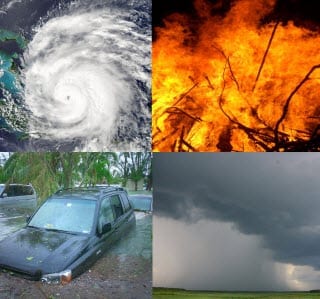A letter sent to the U.S. Treasury has made a number of natural cat coverage marketplace suggestions.
The Risk Management Society (RIMS) has now issued a letter to the United States Treasury in order to share its recommendations regarding potential improvements to the way that the natural catastrophe insurance market operates throughout the country.
The organization had been asked to submit this letter as an element of a study conducted by the FIO.
The Federal Insurance Office (FIO), a part of the U.S. Department of the Treasury, is performing a study on natural catastrophe insurance and requested that RIMS make a submission of its recommendations. Within the letter that RIM did issue, it pointed out that the natural cat market has a tendency for greater volatility than other sectors. This makes it challenging to manage the risk involved with providing it.
 Among its recommendations for stabilizing catastrophe insurance rates was to rely less on specific property modeling.
Among its recommendations for stabilizing catastrophe insurance rates was to rely less on specific property modeling.
The catastrophe insurance recommendation letter stated that “One possible way to stabilize natural catastrophe rates would be to rely less on modeling of a specific property to assess risk.” It went on to explain that “Modeling was originally intended to model a large portfolio of risk over a broader area. As the modeling zooms in to a specific building, school, etc. then the reliability of that modeling lessens, which can lead to a higher risk factor, and thus higher rates for that specific property.”
RIMS also made the suggestion that a pool be created, which would allow catastrophe insurance companies to be able to aggregate a portion of their premiums in the event of future losses, in order to help to address the issue of volatility. In this case, in a year when there were comparatively few natural disasters, some of the premiums taken in by the insurers would be able to be added to a pool specifically mean to help cover events occurring in the future.
The letter explained that this would help to provide greater catastrophe insurance premium rate stability from one year to the next, as rates that are charged in the years in which lower losses were experienced could be “rolled over” to help to keep the higher loss year rates down.
